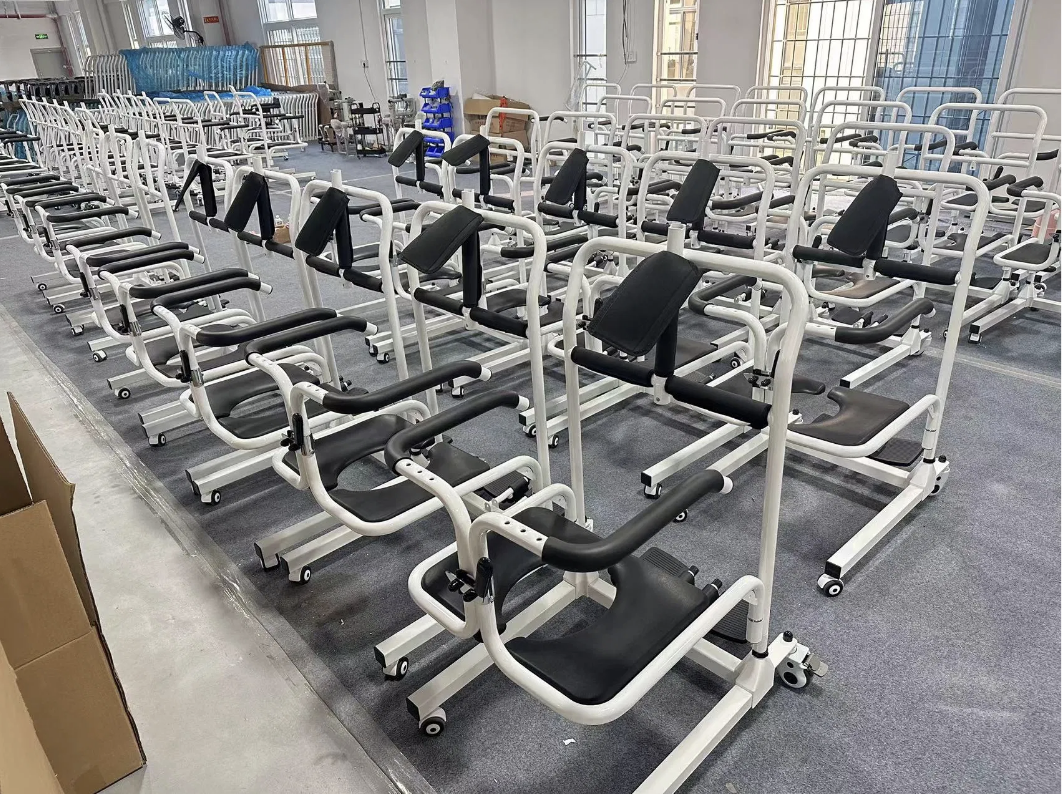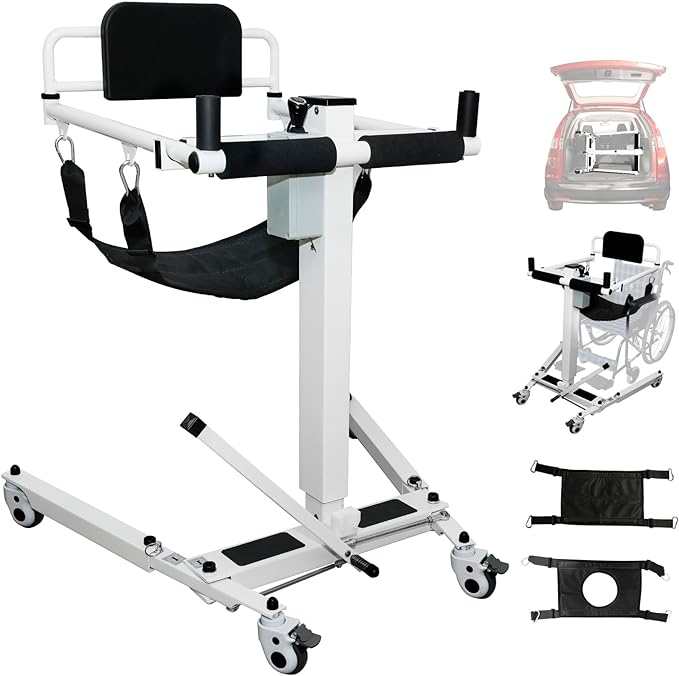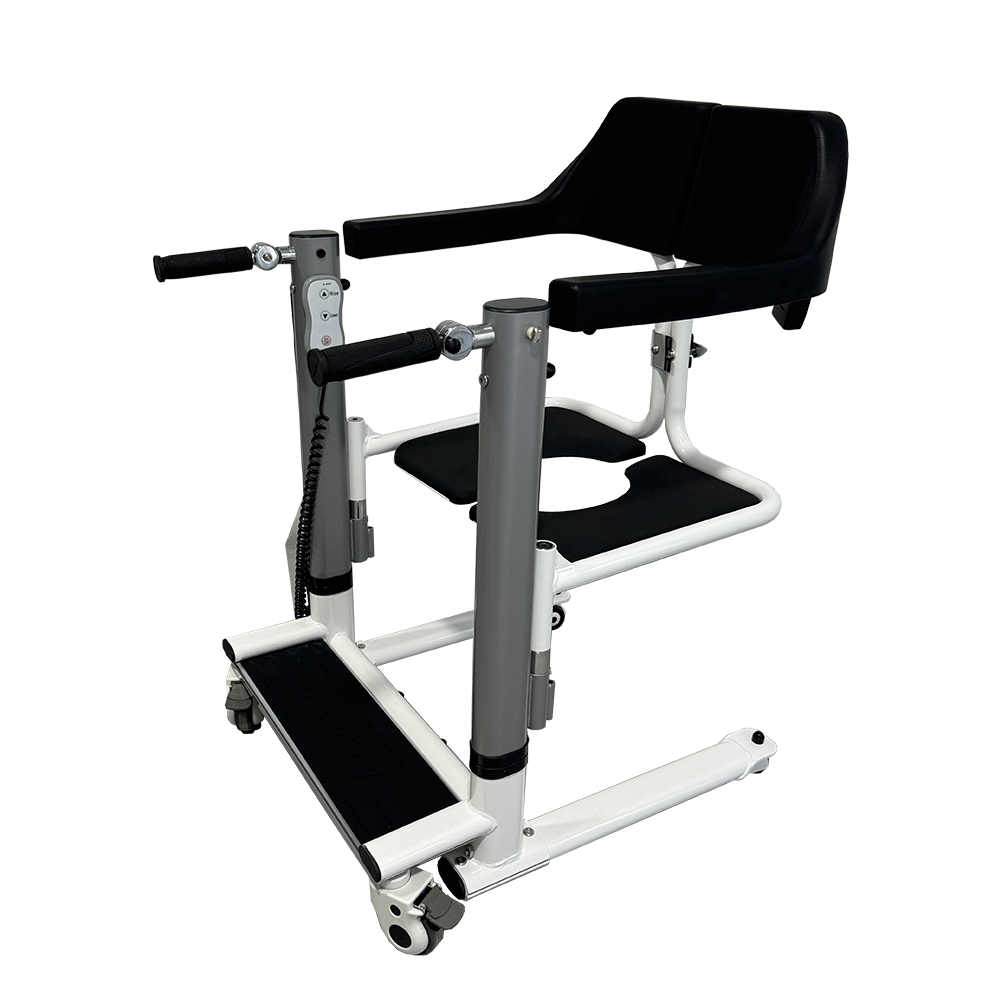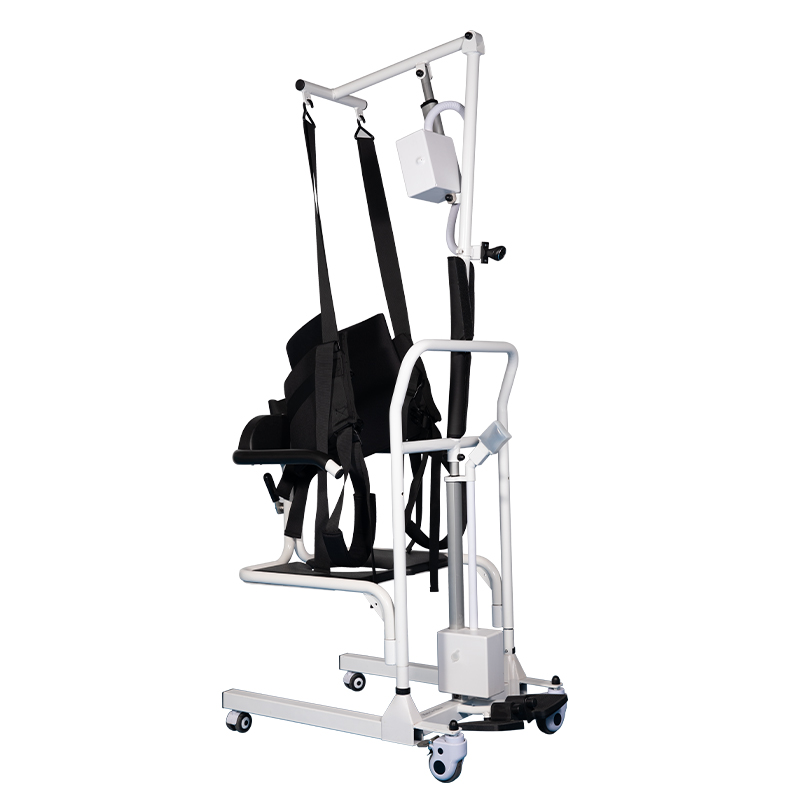Addressing Caregiver Ergonomics When Choosing a Transfer Chair
Procurement managers today focus not only on patient comfort but also on the long-term safety and wellbeing of caregivers. In professional care environments—hospitals, rehabilitation centers, and elderly care facilities—caregivers often perform dozens of patient transfers per shift. These repetitive tasks, when done without proper ergonomic support, can easily lead to workplace injuries. Bending, lifting, twisting, and pushing heavy loads are among the most common causes of musculoskeletal strain. Therefore, choosing a transfer chair that minimizes physical effort has become a critical part of modern procurement strategy.

A well-designed electric transfer chair offers a major advantage in reducing caregiver workload. Rather than manually lifting or adjusting patients, caregivers can rely on motorized lifting mechanisms to raise, lower, and position the patient safely. This significantly reduces the risk of lower back injuries—historically one of the most frequent occupational hazards in caregiving. With intuitive control panels positioned within comfortable reach, our electric transfer chairs allow a single caregiver to perform tasks that previously required two or more staff members. This not only improves safety but also enhances efficiency in busy healthcare settings.
In elderly care homes and long-term care facilities, ergonomics becomes even more important because caregivers often work with patients who have limited mobility, cognitive impairments, or chronic health conditions. Our transfer chairs are designed with smooth and steady lift motions to avoid abrupt movements that may startle or discomfort patients. At the same time, the ergonomic operating height prevents caregivers from bending unnaturally, reducing cumulative fatigue over long shifts.
For environments involving water exposure—such as showers, hydrotherapy rooms, and rehabilitation bathing facilities—caregiver ergonomics must take into account wet floors and the need for precise control. A shower transfer chair must be easy to maneuver, even when surfaces are slippery. To address this, we use lightweight but reinforced structural materials that maintain strength without adding unnecessary weight. Large, smooth-rolling caster wheels provide stability and effortless movement, while ergonomic push handles allow caregivers to maintain proper posture during operation. These details help reduce the physical strain on caregivers and enhance overall safety.
When procurement managers evaluate a lift transfer chair, they pay close attention to several ergonomic factors: lifting height range, transfer angles, seat access from different sides, caregiver standing position, and stability during transfer. Our models support multi-angle transfers that significantly improve workflow flexibility. Being able to approach the patient from various angles reduces awkward body positions and minimizes twisting—one of the most common causes of back injuries. Adjustable armrests, foldable footrests, and synchronized lifting mechanisms further support smooth, fluid movements that protect both caregivers and patients.
Ultimately, ergonomics is not a luxury feature—it is a crucial investment in workplace safety and operational efficiency. Facilities that prioritize ergonomic equipment experience fewer caregiver injuries, lower workers’ compensation claims, improved staff retention, and higher overall productivity. By selecting a transfer chair designed with caregiver needs in mind, procurement managers ensure safer working conditions and a better standard of care for every patient.




